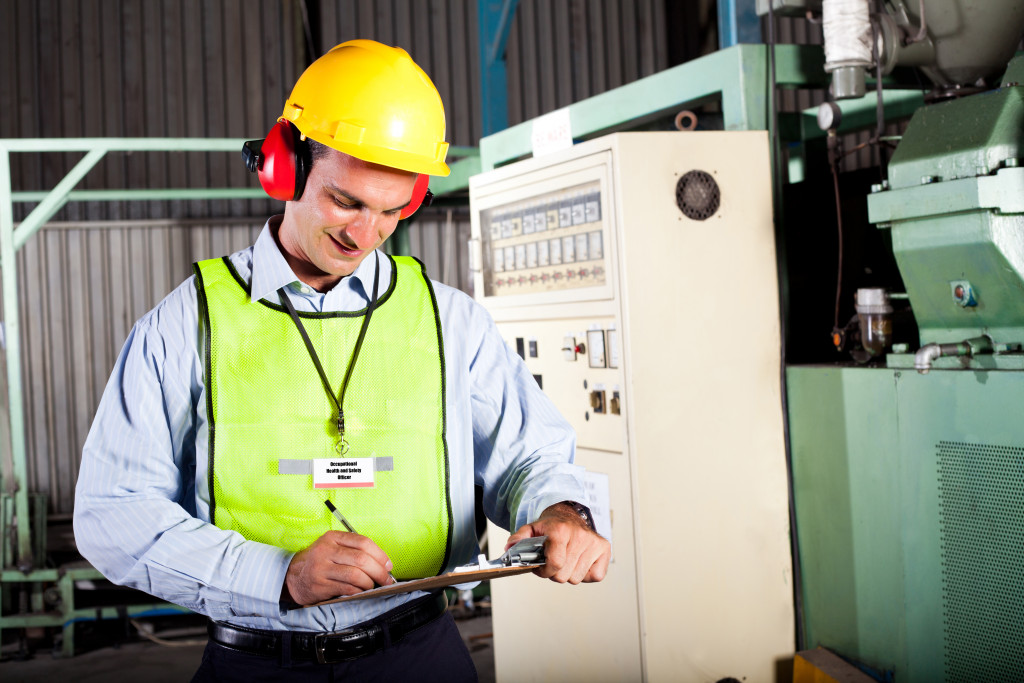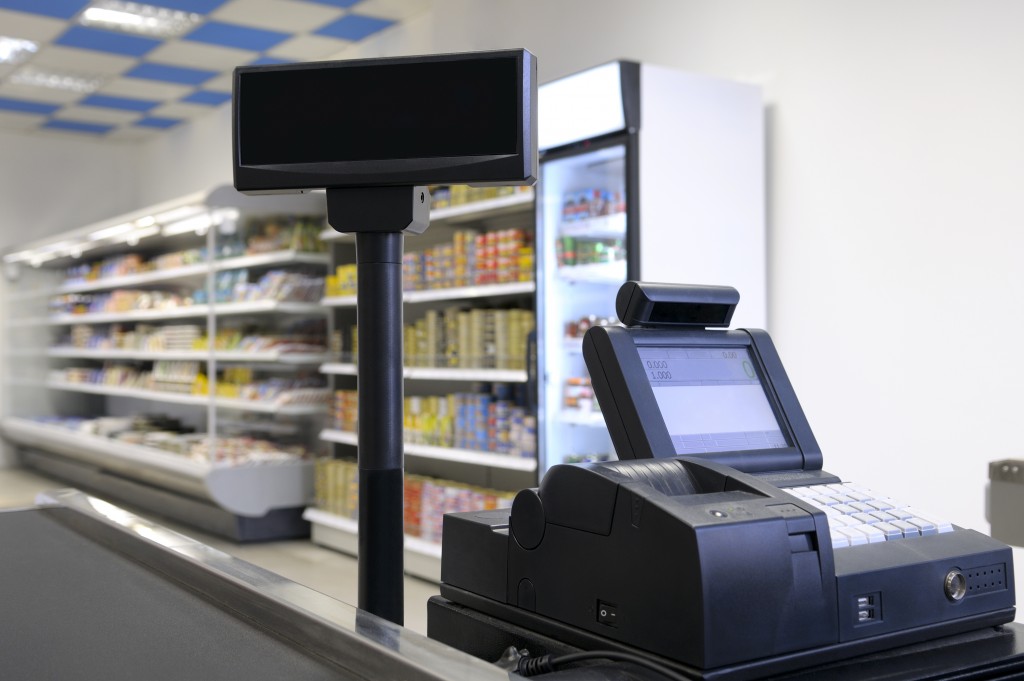- Regular workplace inspections are essential to providing a safe work environment.
- Inspections help reduce the risk of accidents and injuries and improve morale.
- Equipment inspections should include thermal imaging services to detect hot spots or thermal anomalies.
- Regulatory compliance inspections require qualified personnel with detailed knowledge of relevant laws and regulations.
- Safety audits focus on identifying areas for improvement and providing recommendations.
You must provide your employees with a safe workplace as a business owner or manager. One way to ensure this is by regularly conducting workplace inspections. These inspections can help identify potential hazards and provide an opportunity to address them before they become a more serious issue. Here’s a brief look at the importance of workplace inspections and how they can benefit your organization.
What Are Workplace Inspections?
Workplace inspections are an essential part of any safety management system. They involve examining all work areas for potential hazards or violations of safety regulations. An inspection should include physical aspects, such as checking for equipment malfunctions or unsafe working conditions, and administrative aspects, such as compliance with required safety procedures and training records.
Benefits of Conducting Workplace Inspections

The primary benefit of regular workplace inspections is that they can help reduce the risk of accidents in the workplace. By identifying potential hazards early on, you can take steps to address them before they lead to injury or illness.
Regular inspections can also help improve morale in the workplace because employees will feel like their safety is being taken seriously by management. Finally, it’s important to note that regular inspections may also be required by law in many jurisdictions, so it’s important to stay up-to-date on applicable regulations in your area.
Different Kinds of Workplace Inspections
There are various ways to conduct workplace inspections, depending on the type and size of your business. Here are some of the most common ones:
Equipment Inspections
Equipment inspections are another common type of workplace inspection involving inspecting all machinery used within business premises to ensure it meets safety standards. This may involve checking for any visible signs of damage, such as worn or frayed wiring, and performing tests to make sure all moving parts are in working order.
One of the most critical steps in an equipment inspection is regular thermal imaging, which can detect any hot spots or other thermal anomalies indicative of malfunctions. If you have a high-voltage environment, thermal imaging can be especially beneficial as it can help identify potential hazards before they become more serious.
As you can see, equipment inspections require detailed knowledge to assess safety requirements properly, so this type of inspection must be carried out by qualified personnel with the appropriate training and experience.
Visual Inspections
Visual inspections are one of the most common types of workplace inspections. These involve an inspector or supervisor walking around the premises looking for any potential hazards or health and safety risks.
This type of inspection is typically done regularly to ensure that any problems are identified quickly and rectified immediately before they become more serious issues. Visual inspections should be conducted by someone who has been trained in identifying potential risks, as well as understanding relevant legislation and regulations.
Regulatory Compliance Inspections

Regulatory compliance inspections are designed to ensure that businesses comply with all applicable laws, regulations, and industry standards that apply to their particular sector. This type of inspection may include checking records, reviewing processes and procedures, interviewing staff members, conducting interviews with management, identifying areas where improvements can be made, and providing guidance on best practices.
It is important to remember that regulatory compliance inspections must be conducted by qualified personnel who have detailed knowledge of the relevant laws and regulations to ensure accuracy and effectiveness.
Safety Audits
Safety audits are similar to regulatory compliance inspections in that they involve assessing the level of safety within a workplace. However, they differ in that they focus on identifying areas where improvements can be made and providing recommendations or suggestions on how to address issues.
Safety audits may include inspecting working conditions and equipment, interviewing staff, reviewing documents and procedures, and conducting thermal imaging services to identify potential hotspots.
Regularly conducting workplace inspections is essential to providing a safe work environment for your employees and customers. These inspections help reduce the risk of accidents and injuries in the workplace and improve morale among staff members, who will appreciate knowing that their safety is a top priority for management. It’s also important to remember that some jurisdictions may require regular workplace inspections, so ensure you stay up-to-date on applicable laws in your area.

